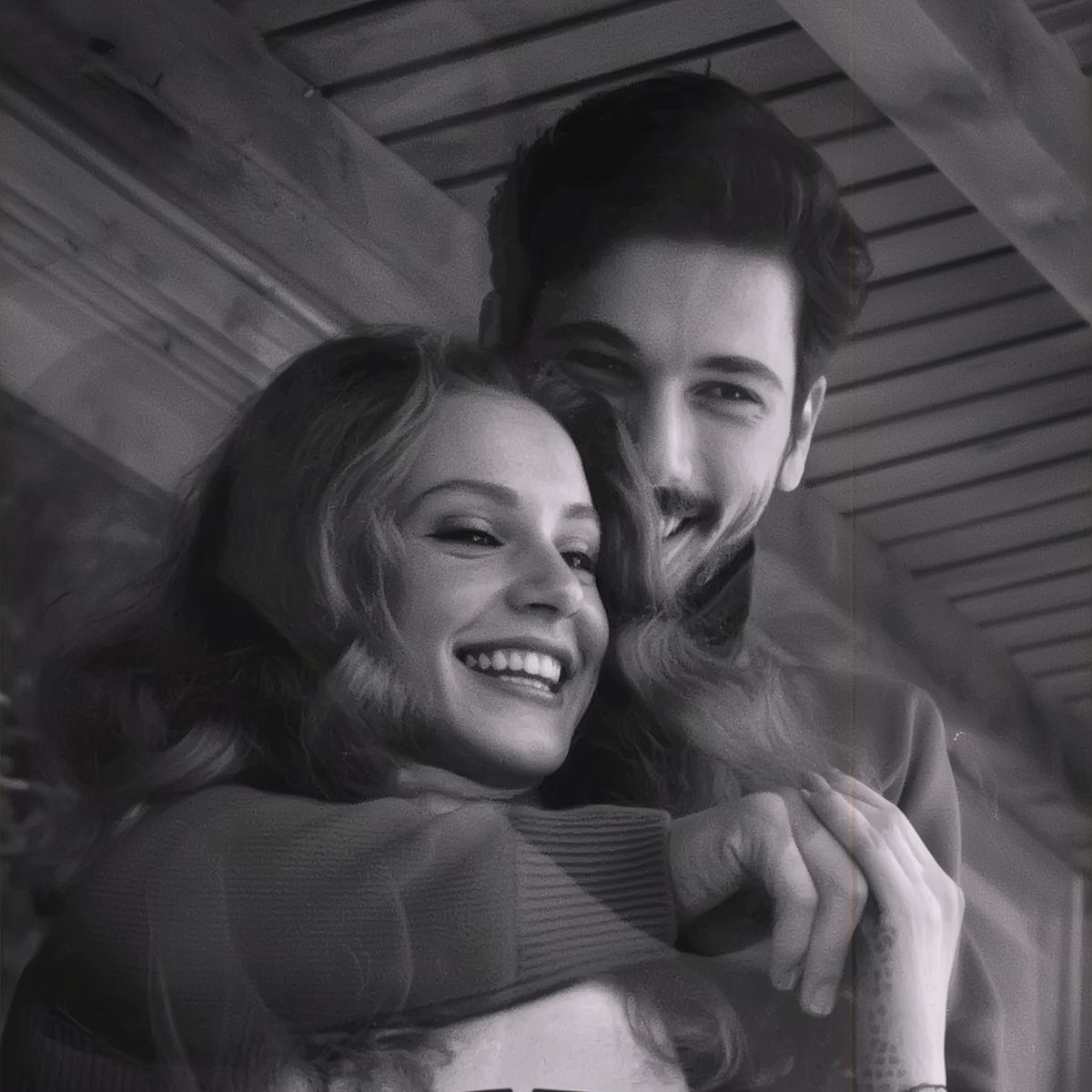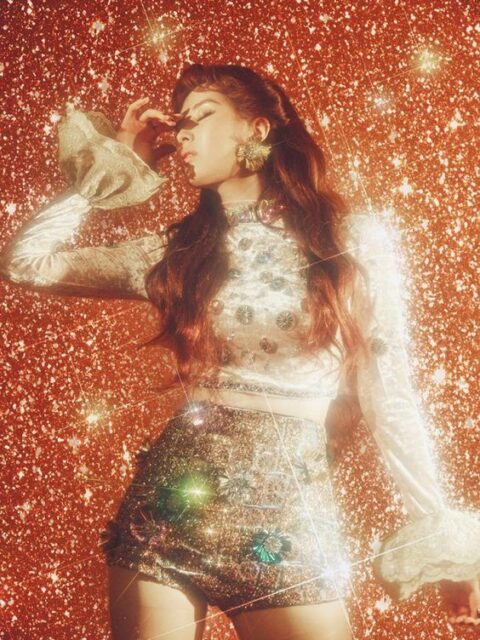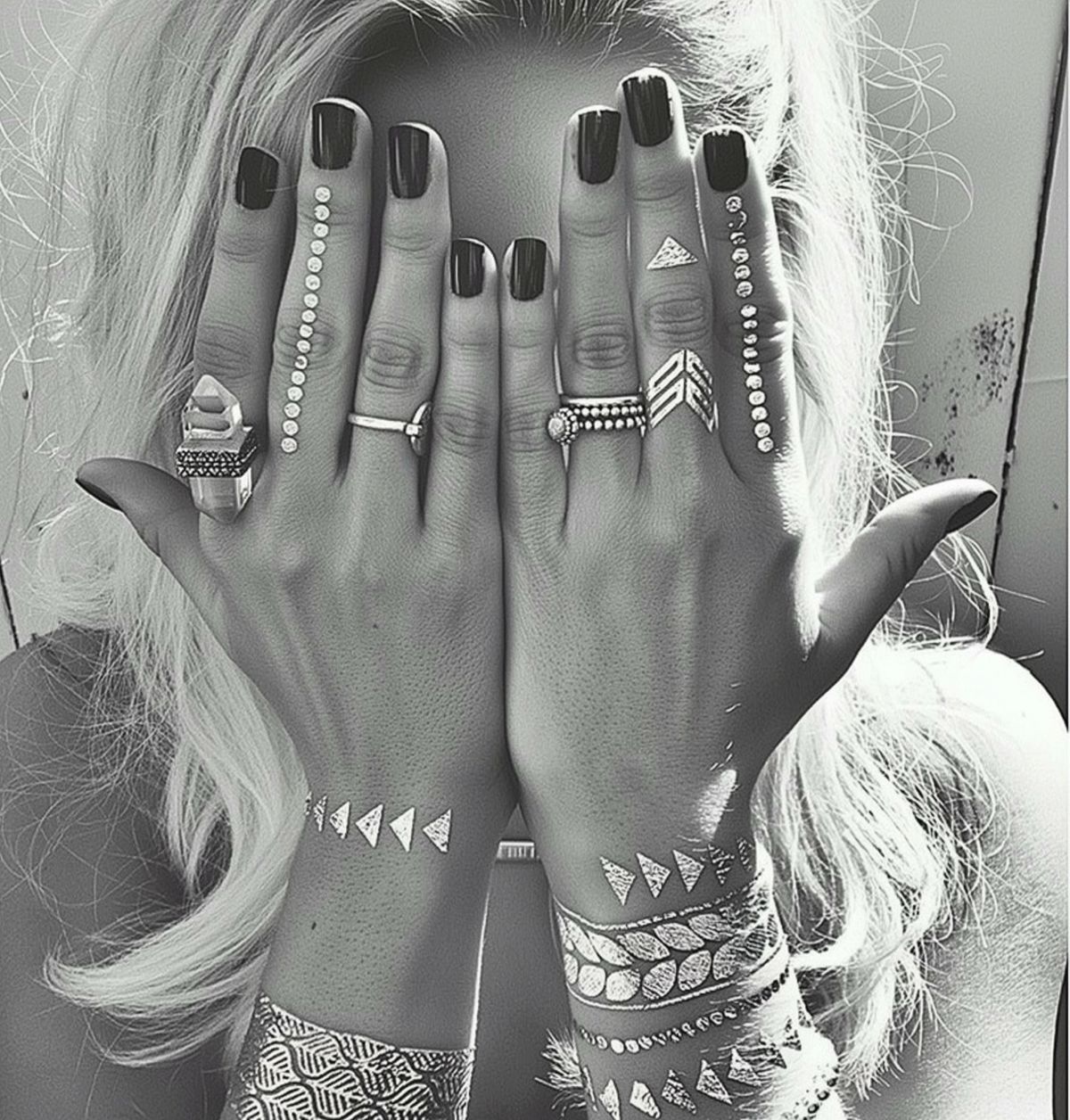
Natal Promise: How many Marriages?
The whole idea of there being a natal promise in an astrological chart is deeply fascinating. I first encountered it in the book Predictive Astrology. Astrology, humanity’s oldest predictive system, and it is for those eager to glimpse the future. Foreknowledge or even plausible guesses about future developments hold immense appeal for us, as we naturally seek insights into what lies ahead.
Are you likely to meet a new love soon? Is the coming year a good time for that major career change you’ve been contemplating? Are you likely to make a lot of money in your life, or will you be challenged to make the most of what you have? The techniques presented in “The Art of Predictive Astrology” shows you how to forecast upcoming trends and life events for yourself, friends and family, and astrological clients. Author Carol Rushman, a practicing astrologer for over thirty years, shares her method for astrological prediction. After reading this book, you will be able to predict major events such as marriage, and minor events like receiving a small gift. Included are real-life examples drawn from the author’s experience showing you first-hand how to practice the art of predictive astrology. The Art of Predictive Astrology: Forecasting Your Life Events
In astrology, the exploration of relationships and marital prospects holds significant interest, particularly among women. Using astrological charts to predict the likelihood and number of marriages an individual may experience is likely to pique a lot of interest. The method for making these predictions is based on ancient astrological techniques, which analyze the movement of a luminary through a sign and the aspects it forms to forecast the number of primary relationships one might have.
For women, the focus is on the Sun and its aspects as it moves through the zodiac sign it occupies at the time of their birth. This movement and the interactions the Sun makes with other planets are believed to influence the potential for marriage. The theory proposes that shifting the Sun towards the end of its natal sign and tallying the aspects it forms during this movement can predict one’s marital prospects. Each aspect it forms during its progression can indicate a significant relationship or marriage. For men, the predictive focus shifts to the Moon and its aspects, and this is because from a traditional perspective the Sun rules masculine energies and the Moon rules feminine energies.
However, the system isn’t foolproof and doesn’t work uniformly for everyone. Variations and exceptions are noted, such as the influence of Jupiter or the presence of multiple signs on the Ascendant-Descendant axis, as well as planets in the 7th house, which is traditionally associated with marriage and partnerships. These factors can complicate or enrich the interpretation, leading to a greater number of significant relationships or marriages than initially predicted by the Sun’s or Moon’s aspects alone.
“Charts resistant to marriage: Aries, Gemini, Sagittarius, and Aquarius seem to have less need for partnerships than other signs. The Sun will describe the men in a woman’s life and the Moon will describe the women in a man’s life. One thing that will bring a lot of marriages is Sagittarius on the 7th house cusp or Jupiter in the 7th house. The opposite is true when Capricorn is on the 7th house cusp or Saturn is placed there, they may limit their own marriage opportunities. Each “love affair” after the first marriage is counted five houses for each marriage. If there are no applying aspects to the Sun or Moon in a chart, or if the luminary is in a late degree (27, 28, or 29), I have found that anything can happen when it comes to marriage.”
Feedback often varies, with some individuals finding that these predictions align closely with their personal experiences, while others find them less accurate.
Classic Natal Indicators of Marriage Potential
– Aspects to and from the Sun in a woman’s chart, or to and from the Moon in a man’s chart
– Applying aspects from the ruler of the seventh house
– Planets in the house and their aspects
– An interception in the seventh houses indicates multiple marriages
Determining the Number of Potential Marriages
– I use only the major applying natal aspects; that is, the conjunction, square, opposition trine and sextile.
– When calculating the number of potential marriages for a woman, I look at the applying aspects her natal Sun makes before it leaves a sign. The Sun can only apply to the slower moving planets- Mars, Jupiter, Saturn, Uranus, Neptune, and Pluto (Use the Moon for a man)
The Seventh House in astrology, often called the House of Partnership, holds profound significance as it governs both marital relationships and open enemies. The astrological significance of this realm extends to the dynamics of both personal relationships and public dealings.
For women, the astrological planets traditionally associated with attracting male partners are the Sun and Mars. These planets, embodying masculine archetypes, are believed to influence the type of male energy that a woman is likely to attract. However, some might find that Venus, known for governing love, beauty, and harmony, more accurately describes their attractions.
In men’s charts, the Moon and Venus are emphasized to depict the influence of feminine energies. The Moon reflects emotional needs, habits, and the subconscious, highlighting the need for security and nurturing in relationships. Venus in a man’s chart indicates the type of femininity that attracts him and his way of expressing affection and relational harmony.
When planets are in the Seventh House, they add layers of meaning to a person’s relationships.
The Sun’s placement here suggests that relationships are central to an individual’s self-discovery and personal development. Relationships help shape their identity and life path. The Moon signifies a deep-seated need for emotional security through partnerships. Emotional connections play a vital role in providing the individual with a sense of safety and belonging.
Moreover, any planets here can indicate a career or a life path that involves significant public interaction or dealing with the public directly, since this house is connected to public relations beyond personal partnerships. These planetary influences reveal how individuals engage with others, both in intimate settings and in wider societal interactions, shaping their journey through life.
Mercury in the Seventh House emphasizes intellectual compatibility. When this planet, which governs communication and mental processes, is positioned here, the individual values a mental connection and stimulating conversations in their relationships. It indicates a relationship where sharing ideas and engaging in discussions is fundamental.
Venus, the planet of love, beauty, and money, in the Seventh House highlights the importance of harmony, aesthetic pleasure, and mutual benefit in partnerships. Venus here seeks relationships that are not only romantic but also beautiful and balanced, contributing positively to both partners’ lives.
Mars in this position can introduce a dynamic of independence and assertiveness within relationships. It may also indicate conflicts; its aggressive energy can manifest as quarrels. The presence of Mars suggests a relationship theme where issues of anger can surface, requiring careful attention to keep the peace.
Jupiter, known for its benevolence, when found in the Seventh House, generally indicates growth, generosity, and often financial benefits through partnerships. However, as noted by astrologer Charles Carter, it can also indicate the possibility of the partner’s death and potentially a second marriage. Jupiter’s influence brings expansion, which can be both beneficial and challenging.
Saturn in the Seventh House introduces a theme of seriousness, limitation, and sometimes delay in forming significant relationships. This placement demands maturity and responsibility in partnerships, often resulting in relationships that are built slowly over time but are meant to last. The challenges brought by Saturn can lead to a deeper, more considered approach to relationships.
Uranus brings an element of unpredictability to relationships. Its placement in the Seventh House can signify relationships that start suddenly or end just as quickly. Uranus values freedom and spontaneity, often leading to a relationship where routine is shunned, and unexpected events are common. It can include sudden changes in the partnership status or unexpected issues related to the partner.
Neptune in the Seventh House symbolizes a layer of idealism and spirituality in relationships. This planet is associated with dreams, illusions, and higher spiritual connections, often leading to an individual seeking a partner who embodies these Neptunian qualities. However, the downside is that Neptune can also bring deception or confusion to relationships, as its influence makes it difficult to see situations and people clearly. Individuals with this placement may romanticize their partners, seeing them through a lens of idealism rather than reality, which can lead to disappointment if the partner does not live up to these lofty expectations. Sometimes, this manifests in relationships where the partner may have a disability or requires assistance, aligning with Neptune’s themes of sacrifice and caregiving.
Pluto in the Seventh House introduces intense dynamics to relationships. Known as the planet of transformation, power, and rebirth, Pluto’s presence here indicates relationships that are deeply transformative and often characterized by power struggles or control issues. Individuals with this placement might be attracted to partners who are powerful, influential, or possess an intense, magnetic allure. These relationships are rarely superficial and tend to delve into the depths of emotional and psychological interactions.
Pluto’s influence can lead to significant transformations within the relationship itself or for the individuals within the relationship. The process of transformation may be painful or challenging, as Pluto also governs endings and new beginnings. It can manifest through intense and sometimes tumultuous events that fundamentally change the nature of the relationship or the individuals involved. Through relationships, these individuals are likely to encounter powerful life lessons about power, trust, and renewal. It can lead to powerful, life-altering partnerships that require a deep commitment to personal growth and understanding.
All Types of Unions
Charles Carter says that Venus and the 7th house symbolize all types of unions. He notes that the house opposite the Ascendant represents everything complementary to our personal selves—what we lack. It’s also uncommon for two people born under the same sign to desire marriage with each other. Carter mentions that while some similarity is sought in relationships, contrast is equally important; without differences, partners cannot learn from each other, leading to mental and emotional stagnation in marriage. He emphasizes that the strongest bonds in relationships often involve the Sun, Moon, or Venus being on the Ascendant. These aspects typically indicate strong connections between two astrological charts in a long-term partnership.
The general circumstances of the marriage are shown by the 7th house, and by the application of the appropriate Luminary. The Sun stands for the male sex in a woman’s horoscope, and the Moon for the female in a man’s, and the first application of these bodies to natal places denotes the kind of marriage partner and the conditions of the marriage. This often works out with great exactness, the planet to which the Light first applies being commonly the ruler or rising planet in the natus of the partner. The theory often propounds, that the successive applications of the luminaries denote successive attachments, and the marriage takes place when, having run the gamut of any bad aspects that it may form, the Light reaches its first good one, must be received with caution. When the first application of the appropriate Light is to Uranus, Neptune or Pluto, there seems no doubt as to what will be the rising sign of the partner, but it seems probable that the planets themselves will in some way be prominent in the partner’s map…1 It is not infrequently happens that marriage is followed by an abrupt change of “luck,” not always explicable in light or ordinary commonsense. Parts of the natus that have lain dormant may be suddenly stimulated into action. If, for example, a man marries a woman with the Sun applying to the square of Uranus, any element in his horoscope that threatens sudden illness or accidents will be likely to come into action. The Principles of Astrology
- My first aspect of the Sun is in opposition to Saturn. The first partner had Sun/Venus/Mars opp Saturn. My Sun makes a second applying aspect to Neptune. My present partner has Sun square Neptune, Moon trine Neptune, Neptune in the 1st house. My last applying aspect is a trine to Uranus..so I’ll leave this open for a future update perhaps.







 Uranus Transits: 1st House: Winds of Change:
Uranus Transits: 1st House: Winds of Change:
 Uranus Transits 8th the House: Rebirth from Chaos
Uranus Transits 8th the House: Rebirth from Chaos
 Mars Conjunct Pluto Synastry
Mars Conjunct Pluto Synastry
 Venus-Pluto Synastry: A Love So Powerful That It Might Just Kill Them
Venus-Pluto Synastry: A Love So Powerful That It Might Just Kill Them
 Sun Conjunct Pluto Synastry: Enlightening or Annihilating
Sun Conjunct Pluto Synastry: Enlightening or Annihilating
 Venus Conjunct Pluto Natal Aspect
Venus Conjunct Pluto Natal Aspect
 Uranus Transits the 4th House: The Chaotic Path to Personal Inner Growth
Uranus Transits the 4th House: The Chaotic Path to Personal Inner Growth
 Uranus in the 2nd House: The Price of Freedom
Uranus in the 2nd House: The Price of Freedom
 Transiting Uranus Trines Mercury: Through New Eyes
Transiting Uranus Trines Mercury: Through New Eyes
 Scorpio’s Cold Withdrawal
Scorpio’s Cold Withdrawal
 Flash Forward: How Uranus Reveals Your Future Before You’re Ready
Flash Forward: How Uranus Reveals Your Future Before You’re Ready
 Uranus Transits Mars: My Eco-Lifestyle Changes
Uranus Transits Mars: My Eco-Lifestyle Changes
 Mercury in the 9th House: The Mystic Messenger
Mercury in the 9th House: The Mystic Messenger
 Sun Square Pluto Synastry: You’ve Got That Power Over Me
Sun Square Pluto Synastry: You’ve Got That Power Over Me
 The Neptunian: Highs, Heartache, and the Water Slide of Disclosure
The Neptunian: Highs, Heartache, and the Water Slide of Disclosure
 Saturn Square Pluto Natal Aspect
Saturn Square Pluto Natal Aspect
 Uranus Transits Mars: My Carbon Footprint Intervention
Uranus Transits Mars: My Carbon Footprint Intervention
 Venus Trine Pluto: Dark Desires
Venus Trine Pluto: Dark Desires
 Mars in the 12th House: Are You a Passive Victim of Weird Energies?
Mars in the 12th House: Are You a Passive Victim of Weird Energies?
 Pluto in Aquarius: Collective Welfare
Pluto in Aquarius: Collective Welfare